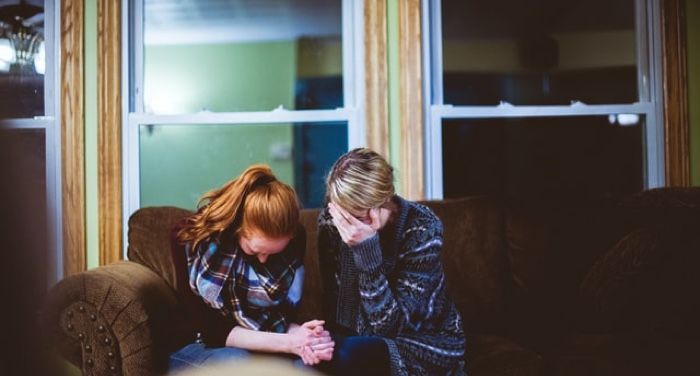
In Bad Company: 5 Problematic Relationships in Literature
Relationships are an intrinsic part of being human. We are social animals, after all, and we need companionship almost as much as we need shelter from the elements or vitamin C. But unlike either of these things, companionship isn’t such a simple need: for one thing, shelter and vitamin C don’t have their own personalities or unique set of needs. Relationships, insofar as they involve at least two people, are often rife with conflict, sorrow, and stress. And literature has studied their dynamic from the very beginning, exploring the countless ways in which they can do good or bad to the people who are part of them.
Many problematic relationships in literature are meant to be problematic (Jocasta and Oedipus say hi). Others are the result of authors having a poor sense of what makes a relationship healthy. For the purposes of this list, I don’t care one way or the other: whether the author knew they were writing a problematic relationship or not, I’m taking the text as is and leaving authorial intent out of it. The five relationships I go over in this piece are problematic to varying degrees: some (the minority) are only problematic to an extent, others are downright wild.
Content warnings for mentions of: s*xual assault, inc*st, violence
Catherine Earnshaw and Heathcliff from Wuthering Heights
This is one of my all-time favorite novels for many reasons, not the least of which is the absurdly dysfunctional relationships between pretty much all the characters. With perhaps two exceptions, if a character in this book interacts with another, the odds are good that it will not lead to a healthy outcome for anyone. But Catherine Earnshaw and Heathcliff’s relationship is, by and far, the most dysfunctional of the lot: not only are they the epitome of co-dependent and self-destructive, but they manage to drag everyone else within a 50 foot radius into their drama.
Jocasta and Oedipus from Oedipus Rex
I mean. Does this need an explanation? There are so many levels of dysfunct to this pair that it’s hard to guess which one is more disturbing: is it the incest? The patricide? The whole “I married my husband’s murderer who just so happens to also be my son?” When you become the name of a Freudian theory, you’ve gone above and beyond messed up.
Odysseus and Penelope from The Odyssey
Growing up, I was under the impression that these two were relationship goals. How could they no be? Penelope concocted an elaborate scheme to avoid marrying others because she knew her husband would return to her! Then I actually read this epic poem. And, uh, how come they don’t mention that Odysseus cheated on Penelope with several other women? (I’m explicitly not counting Calypso here. It’s been over a decade since I read the book, but if I recall correctly, she raped and coerced him into staying on the island with her.) We need better pop culture ideals of relationship goals, folks.
Korede and Ayoola from My Sister the Serial Killer
It’s one thing to say you’ll help your sibling bury a body should the need arise. It’s another to actually do it. But that’s exactly what Korede does, and more than once at that. Big Sister Syndrome is a real thing, but come on people, there are limits.
Catherine and Christopher from Flowers in the Attic
Inquiring minds want to know: what is it with incest in literature? And what is it with protagonists named Catherine? The two come together in this 1979 novel about two siblings who fall in love when they’re trapped together by their mother. Just like with Wuthering Heights, you’d be hard-pressed to find a single healthy relationship in this book, but incest beats most other types of dysfunction, so Catherine and Christopher get the dubious honor of making this list.
(Seriously, somebody take these two poor kids to therapy already.)
If you enjoy problematic relationships in literature, how about problematic characters? Or perhaps you’re done with the use of the term “problematic” at all?

















